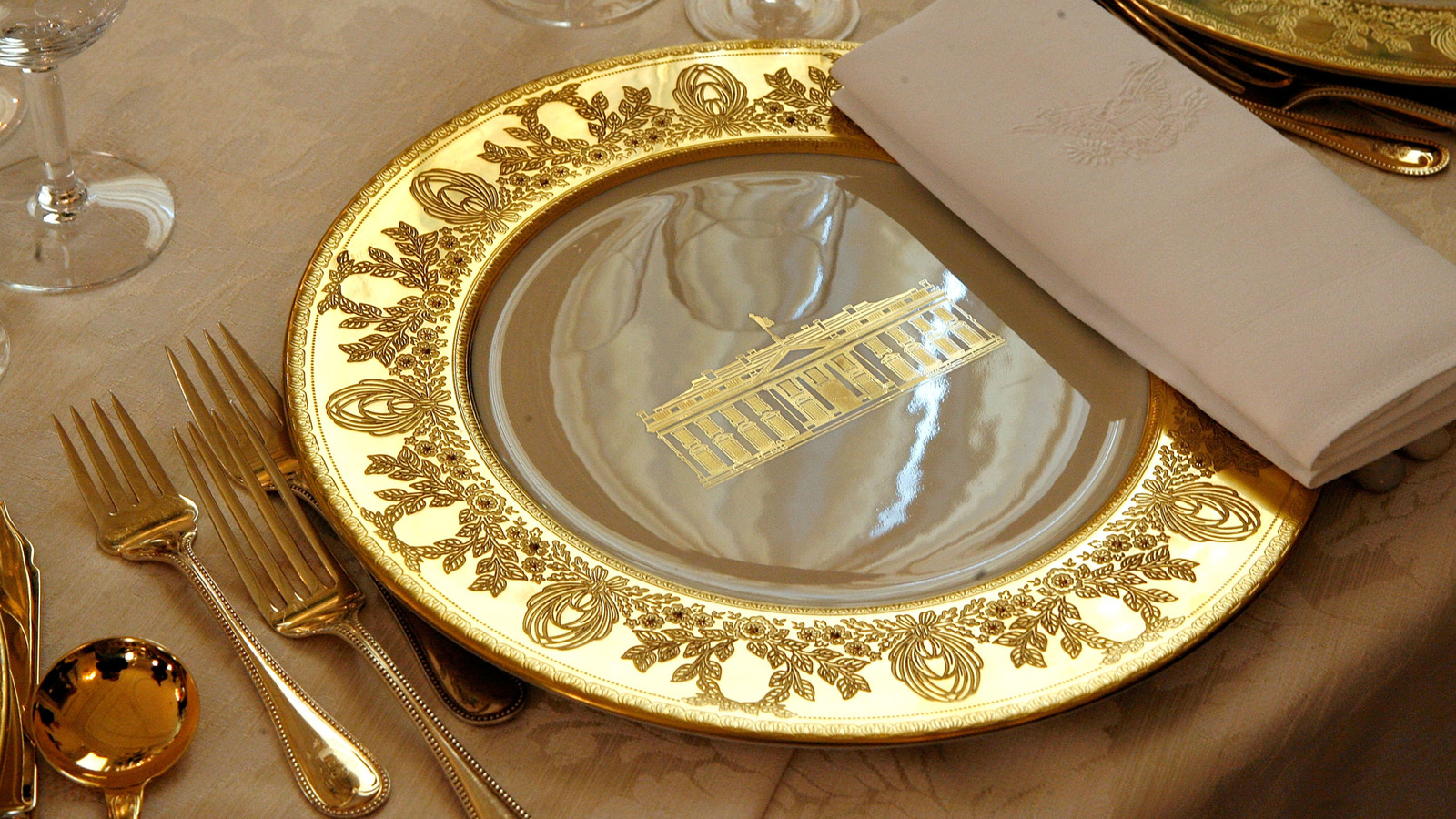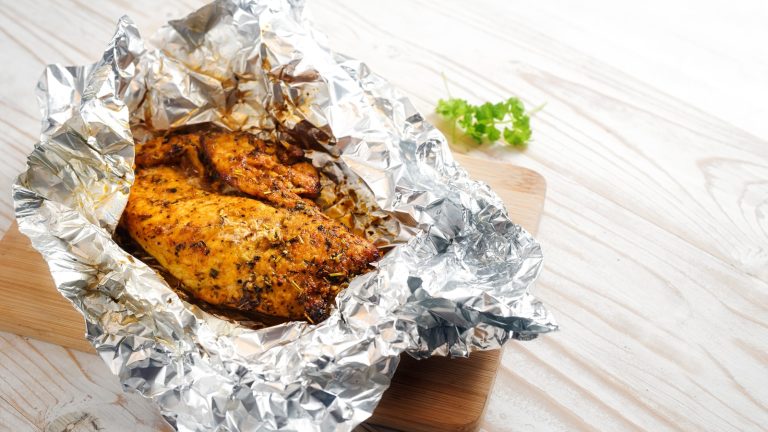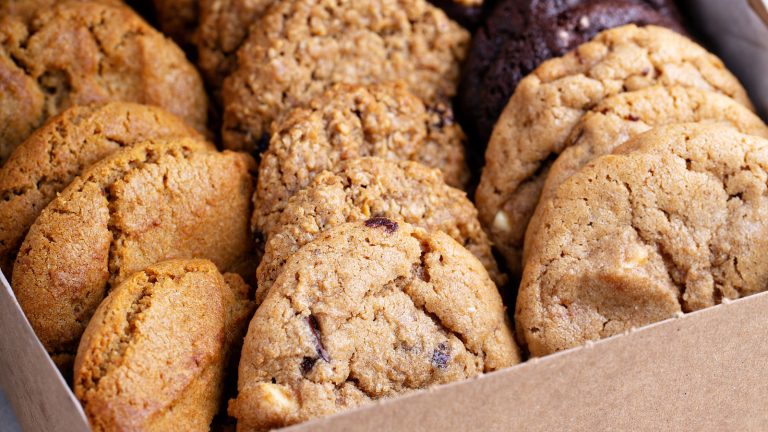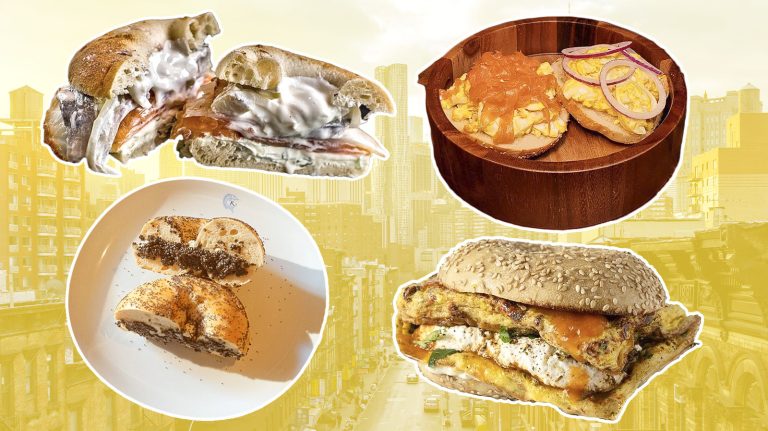Back in the days of kings and royal courts, the powerful were on high alert. Poison used to be the weapon of choice for taking out top officials and royalty. It was inconspicuous and, before the forensic advancements of today, nearly impossible to prove. Monarchs were known to have trusted staff sample meals for them in fear of poison, but beyond protection, it was also a ceremonial display of power. Medieval European courts practiced elaborate tasting rituals before any royal meal, whereas Roman emperors used slaves (praegustators) to watch out for them.
These days, there’s no one following the President of the United States around with a silver fork. Safety measures are still taken, just long before anything gets close to the president’s plate. Ever since 1912, the Secret Service has handled most of the White House protection, and their approach is much more dignified than the medieval-style precautions.
As one can imagine, White House security doesn’t mess around. If you’re not joining a guided tour of 1600 Pennsylvania Avenue, you’d have to make it through thick barriers, screening, and numerous security personnel just to get to the front gate. Even when the president is outside of the White House, there’s a team by their side inspecting kitchens and sniffing out anything suspicious. Every White House staff member goes through a rigorous vetting process to secure top-security clearance, and that includes anyone with access to presidential meals. To kick off a career in the White House kitchen, you have to start in the Navy.
Not even one crumb will enter the White House without proper inspection
The same intensity goes for anyone stepping foot into the White House, including suppliers. Every ingredient that makes its way into the kitchen has been purchased by the Presidential Food Service with the Secret Service on watch. The White House has never formally declared the existence of food tasters, but what are the Secret Service if not mysterious? While no one holds the official “poison tester” title, various administrations throughout history have still employed comprehensive approaches to food safety.
With all the power in the country, you’d assume the president would request five-star meals whenever their tummy grumbled, but many U.S. presidents have had an affinity for fast food. Aside from their all-American eating habits, presidents have typically been more comfortable enjoying meals prepared by a trusted chef, rarely eating out at public restaurants. President Barack Obama didn’t let the fear of poison prevent him from enjoying a meal with his family at La Fontaine de Mars, but according to a waiter at the Parisian restaurant, he did save a seat at the table for his so-called taster.






